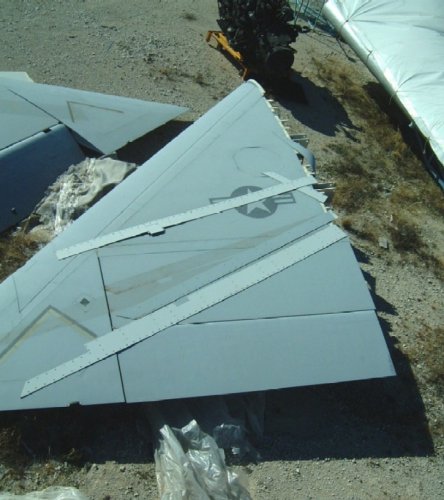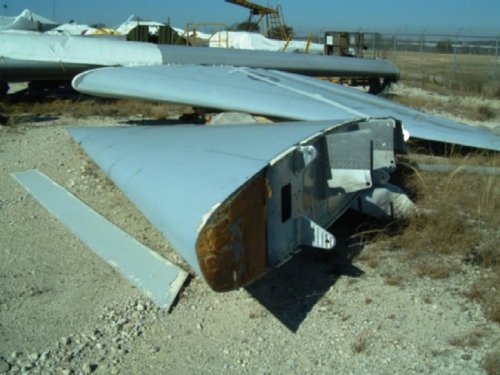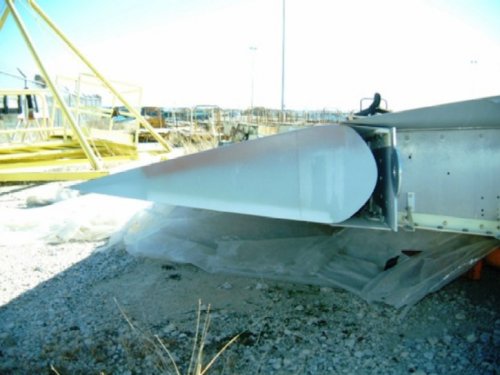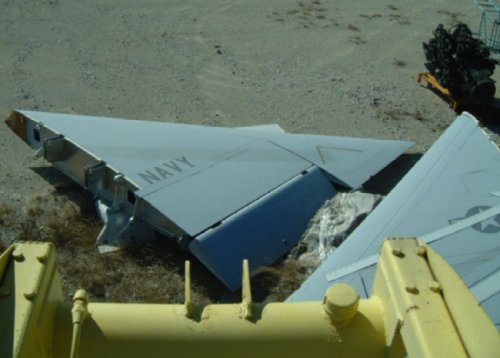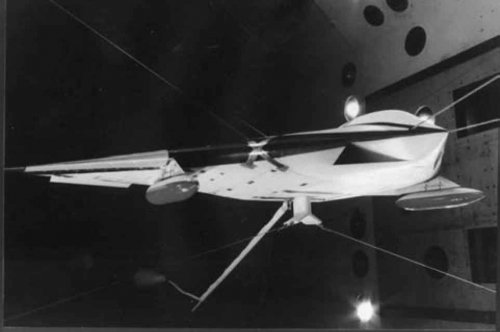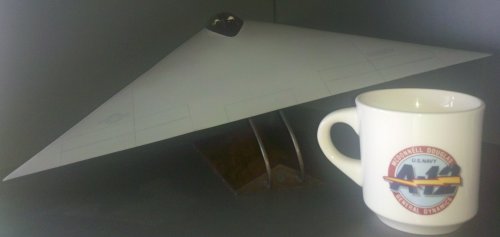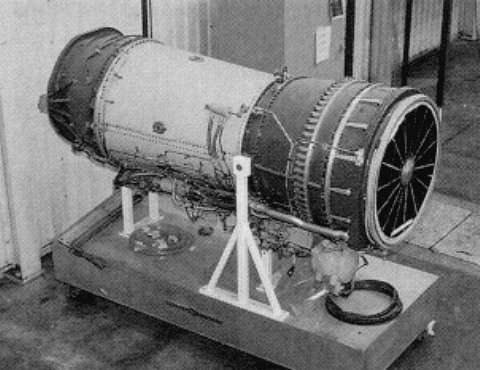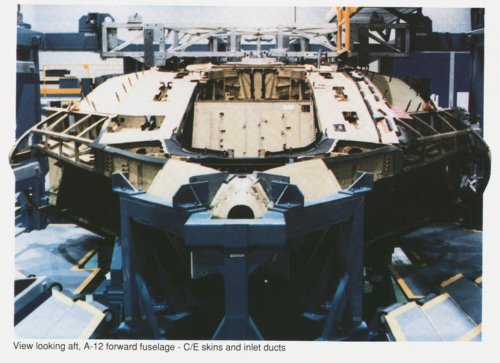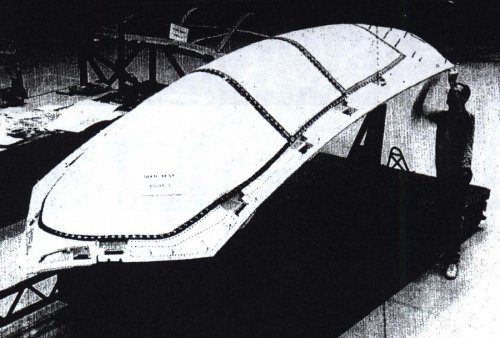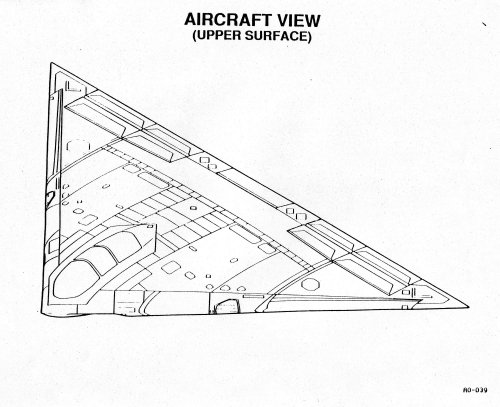Tailspin's post emphasizes a good point: The two services agreed to "evaluate", not necessarily adopt, the plane on which the other had the lead. I base my comments on AF's pretty much consistent opposition to adopting aircraft (except helicopters) and large systems that they themselves didn't develop, and opposition to other services' having too much capability in an arena it considers its purview, even if it has no intention of performing the mission itself. This continues to this day (can you say "Joint Cargo Aircraft"?). Examples abound, but are outside the scope of this topic.
In the case of ATA, if you'll look back you'll find AF going, "We fully support this excellent example for jointness, and by the way, this is really kind of a waste and the money would far better be spent on more B-2s". What Stevenson and others (including court records) show was that (remember, I don't think GD/MD would have been able to pull it off anyway on time and budget) was that the A-12 team's whole proposal required access to information on already developed stealth technologies. They didn't get it. As I recall, the story for many years was that because of corporate proprietary reasons, it couldn't be shared, which actually doesn't make sense on further inspection which many people, including me, didn't do. What the court records show was that AF controlled access to said technology. Makes sense, since they developed all the stealth aircraft up to that date. By an Amazing Coincidence, whenever the A-12 team needed access to that technological data., it seemed that whomever they submitted didn't quite seem to be able to get the required clearances and access in a timely manner, so the team ended up having to try and invent the technologies again on their own. This, by the way is the foundation of the issue being appealed to the Supreme Court. One might wonder what would have happened if the Grumman-Northrop team had won, since they obviously already had that data.


